Depending on where you live, you may think of the middle of December as “mid-winter,” a time when the snow and cold are just ramping up, and the sun goes down way too early. Astrologically, the Winter Solstice, which falls around December 21st, is the end of the darkest part of the year and the beginning of winter. After the Solstice the days begin to lengthen again, and even though the weather is still cold, we know spring is on its way. This “return” of the sun has had practical and cultural consequences in every temperate part of the world throughout history.
In America, many of our Christmas traditions have been adapted from the Solstice celebrations of pre-Christain Europe. This European flavor pervades the holiday, and it’s hard to think about Christmas or the Winter Solstice without imagining snow, evergreens, and red berries. Europeans aren’t the only peoples to celebrate this astrological marker. Every year people around the world celebrate the sun’s return in a variety of ways. Here are 4 Winter Solstice celebrations you’ve probably never heard of:
1. Dong Zhi in China
Dong Zhi or Dongzhi is a Chinese word that means “the extreme of winter.” It is celebrated on or around December 22nd in China and other areas of East Asia. According to Chinese philosophy, the Solstice represents the rebalancing of dark and light, represented by yin and yang. The return of the sun is believed to bring a flow of positive energy back to the world.
Today many people celebrate the holiday by eating special foods like tangyuan (glutinous rice balls, often dyed bright colors), dumplings, or rice cake, while gathered with family. Traditionally people of the same clan were required to meet at their ancestral temples to worship and make sacrifices. Modern celebrants still honor their ancestors on the holiday, especially in Taiwan, where nine-layered rice cakes shaped like farm animals are offered as ceremonial sacrifices to their ancestors.
Each region and country that celebrates the holiday has slightly different traditions, but most celebrations include good food, family, and veneration of the ancestors. The Taiwanese also believe that the Solstice is a good time to eat “tonic foods,” thought to fight cold and strengthen the body’s resistance to illness. The most popular tonic foods include mutton hot pot, ginger duck hot pot, and other foods featuring nourishing herbs such as ginseng and cordyceps mushrooms.
2. Yaldā Night in Iran
Yaldā Night, also known as Chelleh Night, is another Winter Solstice celebration that’s been around for thousands of years. It dates back to the Persian Empire’s ancient days and the rise of Zoroastrianism- one of the world’s oldest monotheistic religions. Initially, the festival was seen as a way to ward off the evil of Ahriman, also known as Angra Mainyu, the destructive spirit who opposed the deity Ahura Mazda.
It was believed that on the longest night of the year, the darkness allowed the powers of Angra Mainyu to reach their height. People were encouraged to stay up all night and seek safety in numbers by gathering with a group of friends and family. They often ate the last fruits of the summer and entertained themselves with stories to pass the long hours. The day after the longest night was celebrated as a festival.
Now, Yaldā Night itself is celebrated as a festival in Iran and many other Middle Eastern countries. However, people still stay up late, gather with friends and family, and eat summer fruits like watermelon and pomegranate. It is traditional to read poetry on this night, especially the poetry of Dīvān of Hafez.
Many lighthearted superstitions are associated with the holiday. Most of them revolve around certain foods and their effects on your health in the coming year. Eating garlic on Yaldā night is thought to ward off joint pains, and green olives will protect you from insect bites. Other traditions on Yaldā Night include giving gift baskets of fruit, nuts, and sweets to married daughters and gathering at grandparents’ homes to hear stories.
3. Toji Traditions in Japan
In Japan, Toji is not a specific festival but rather a set of traditions associated with the coldest, darkest part of the year. These have been handed down for generations, and many have practical applications for health and wellness during the winter.
One popular Toji tradition is mixing a Japanese citrus fruit called yuzu into your bath. Eating yuzu is also encouraged, and with good reason. The fruit contains a hefty amount of vitamin C, and when bathed with, it has properties that protect and heal dry winter skin. The sharp smell is also believed to keep bad luck and evil spirits away. Adopting this tradition is as easy as buying some yuzu, slicing it, and putting it in your hot bath.
Another popular tradition during winter in Japan is eating a squash called kabocha or Japanese Pumpkin. Again, this has a practical application as the squash is sturdy and easily preserved through winter when other crops have ceased growing. It also contains vitamins and would, historically, have been an essential part of winter nutrition. Even though modern Japanese families have access to many different foods in the winter, the tradition of eating kabocha has continued.
Since the Winter Solstice marks the end of short days, anything associated with the last character of the Japanese alphabet (ん), translated as “n,” is considered lucky during this time. These include ninjin (carrot), daikon (Japanese white radish), and udon noodles.
4. Inti Raymi in the Andes
June 24th marks the Winter Solstice in the southern Andes, and the ancient Incan Festival of Inti Raymi honors the Incan sun god Inti and the lengthening daylight hours. The Spanish banned this festival in the 1500s, but it continued to be celebrated in secret in some areas. Several Andean countries, including Peru, Columbia, Bolivia, and Ecuador, reinstituted the festival in 1944.
Today’s festivities are based on old Spanish writings describing the Incan festival, and on traditions and beliefs passed down through the ages by the Andean people. You can find Inti Raymi festivals in every South American country where people with Andean heritage reside, but the largest festival takes place in Cuzco, Peru, the historic capital of the Inca.
A colorful parade with people dressed to represent important roles, like the Inca Queen, Warriors, and Sun Maidens, begins at the old Sun Temple, Qorikancha, and then stops at the main plaza. Here, the Sapa Inca (the festival leader) performs a coca leaf reading ceremony in Quechua. The parade then progresses to the old temple fortress of Sacsayhuaman. It culminates with a symbolic llama sacrifice (no llamas are harmed), dancing, music, and general fanfare. It might be the world’s biggest, brightest Winter Solstice party!

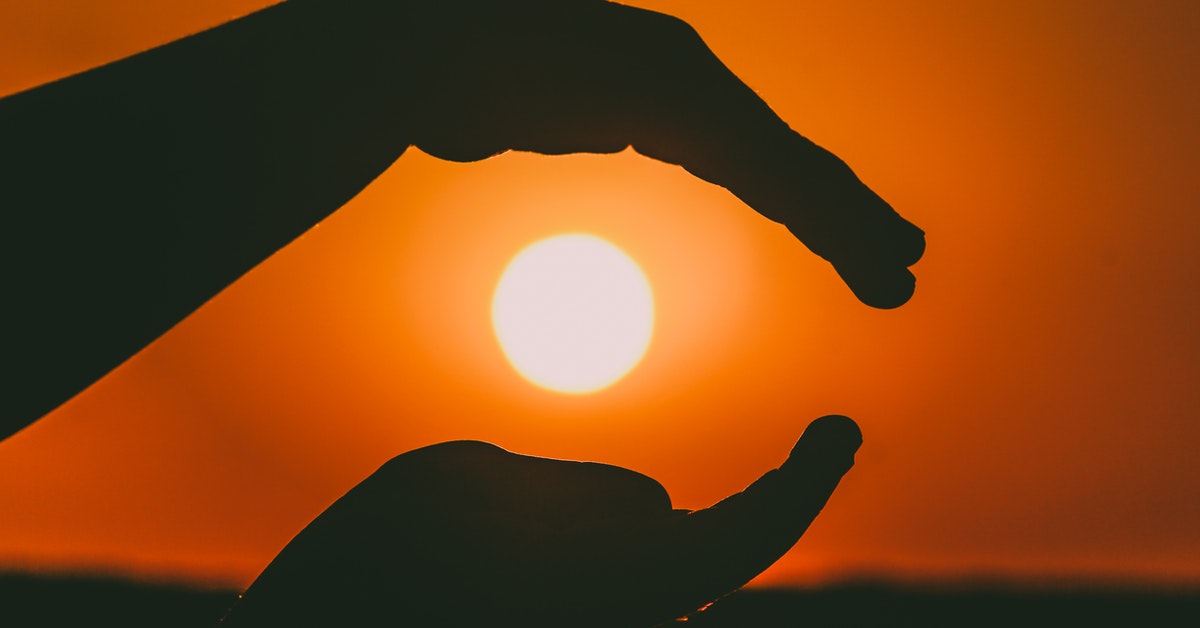
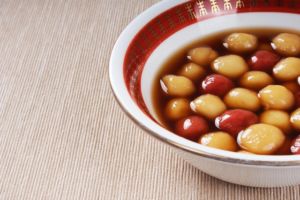


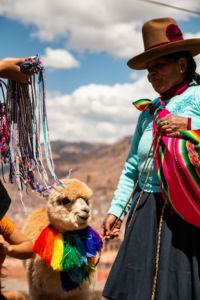


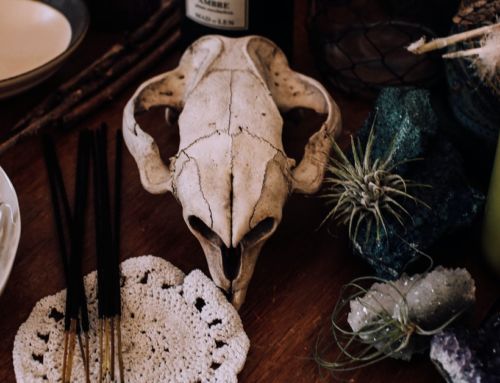
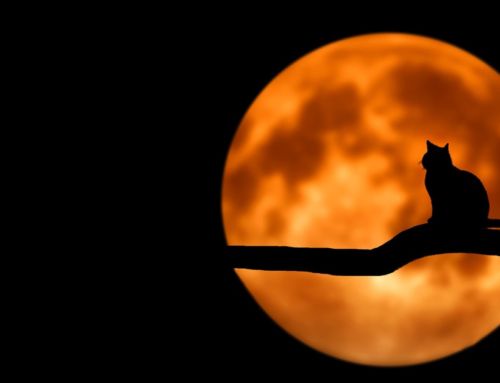
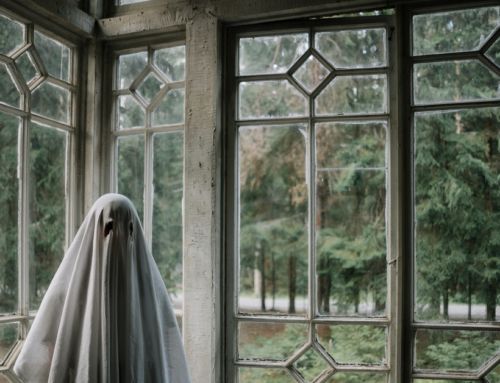
Leave A Comment
You must be logged in to post a comment.